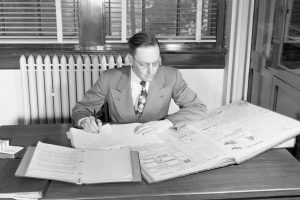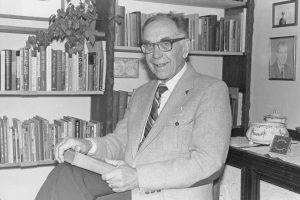Thanks for the Memories, Hagg-Sauer: 49-year-old Classroom and Office Building will be Demolished in July
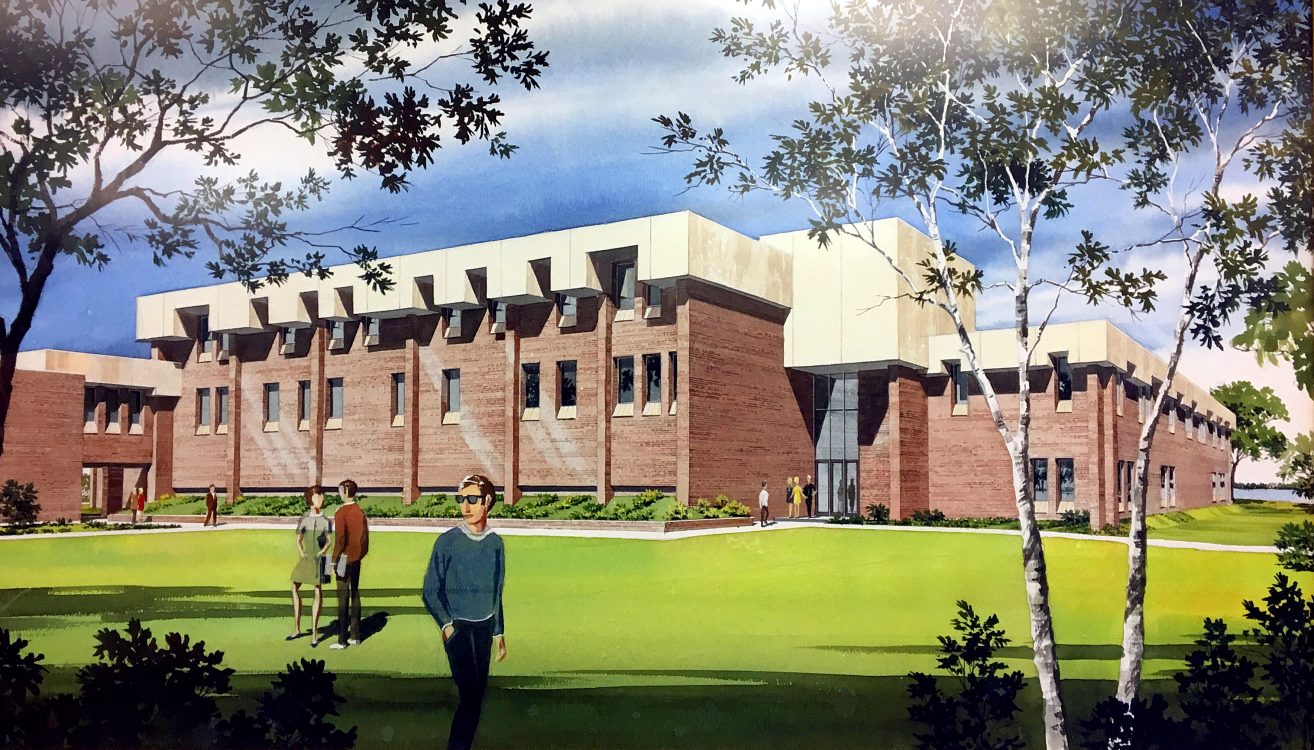
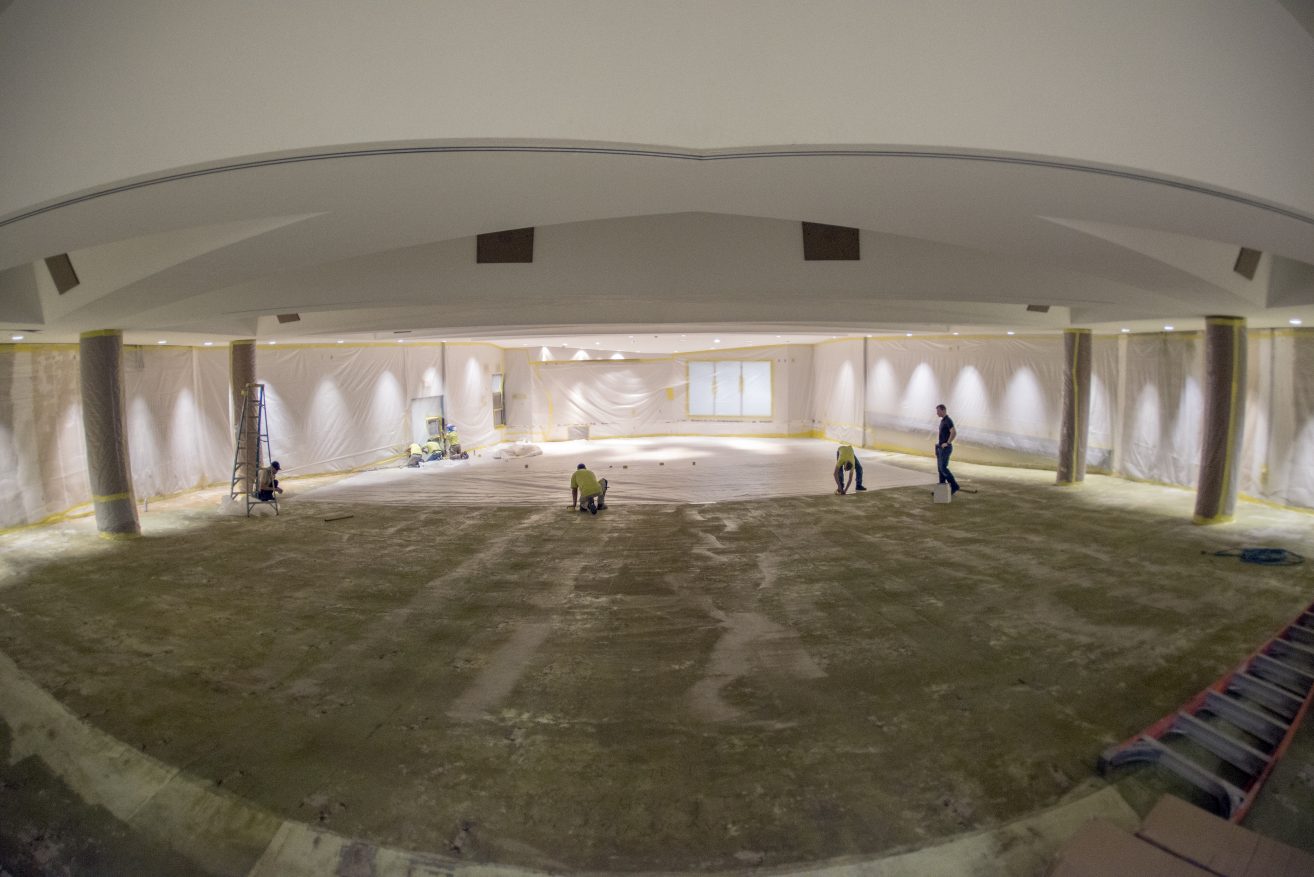
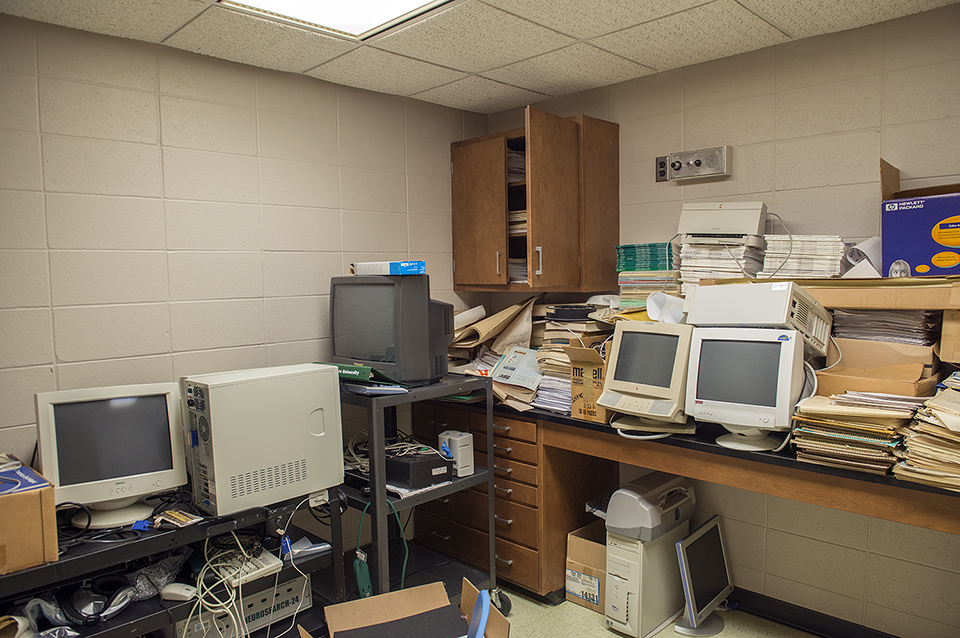
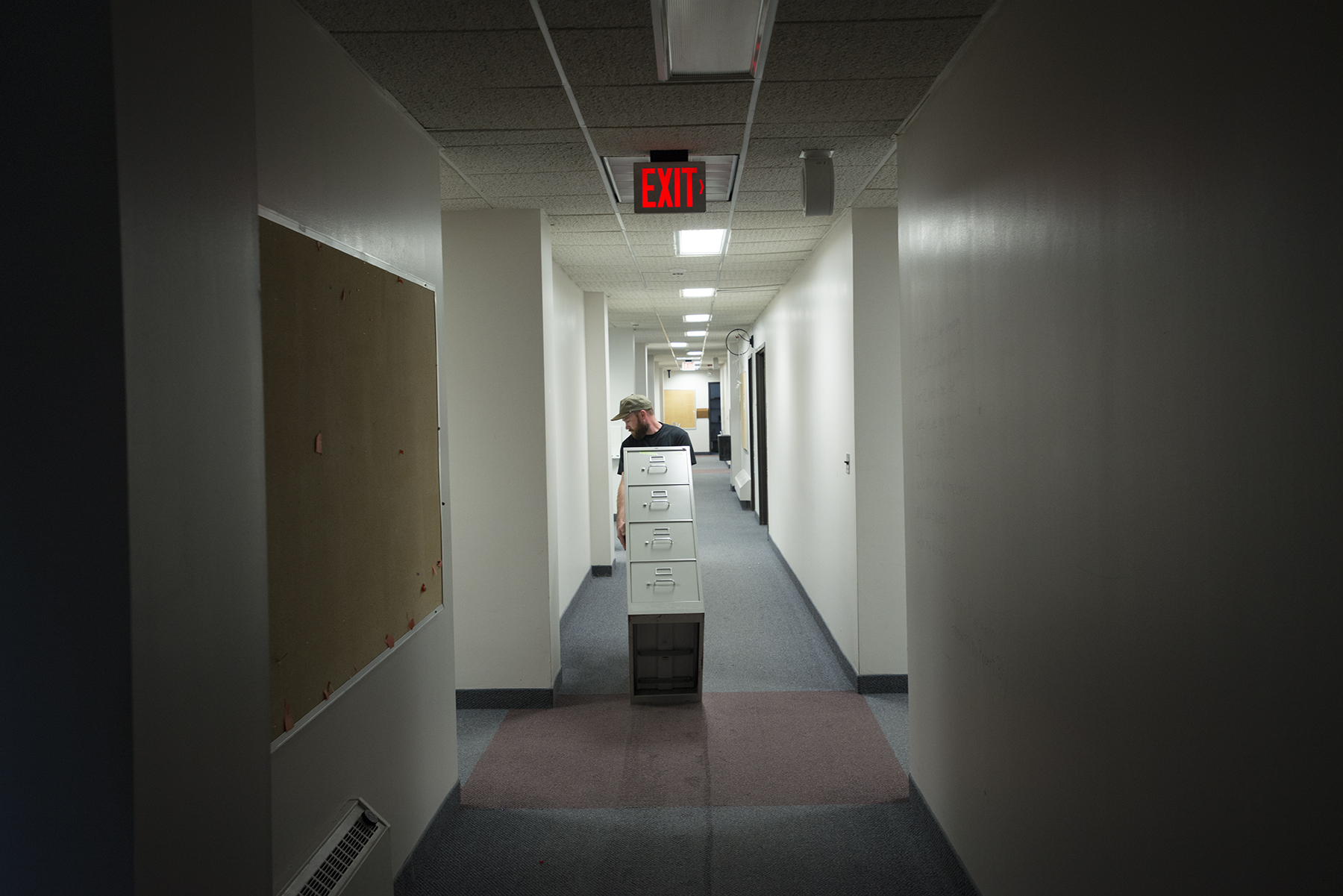
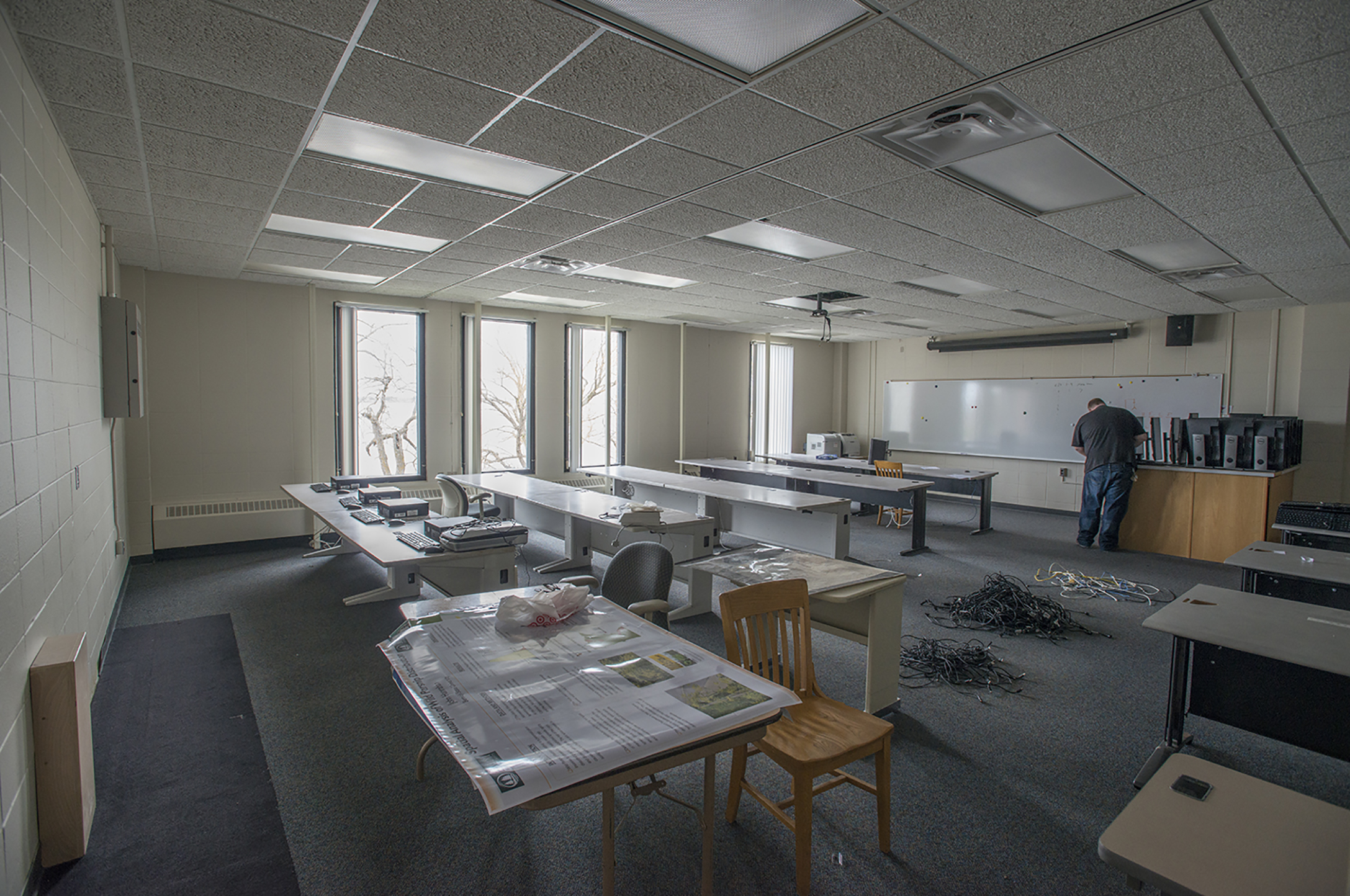
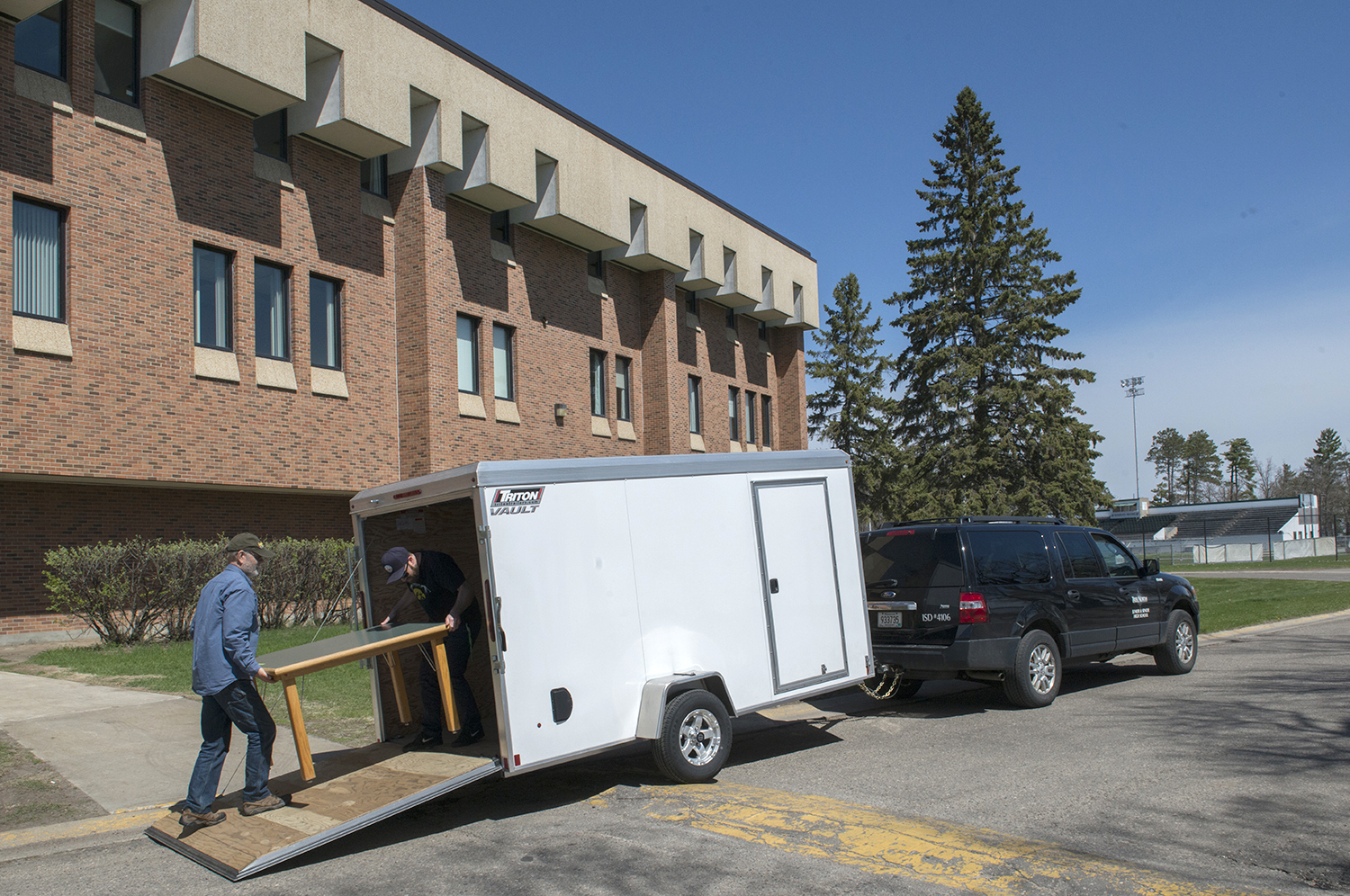

THE PEOPLE OF HAGG-SAUER HALLBemidji State University’s Office of Communications and Marketing compiled a list of more than 750 faculty, staff and graduate assistants who had offices in Hagg-Sauer Hall between 1974 and 2019. Our researcher used the best resources available to us. The list is included with the online version of this story. Please contact the Office of Communications and Marketing with any corrections or additions. |
On a cloudy, overcast week following commencement, Hagg-Sauer Hall should have been looking forward to a quiet summer. Instead, it was being readied for the end of its time on campus. Final preparations for Hagg-Sauer Hall’s demolition began on May 13, a significant step forward in a years-long project to replace the aging building with a smaller, modern classroom facility.
The signs of impending change were evident even to casual observers. A window adjacent to the building’s southwest doors had been replaced by a makeshift exhaust port. Four billowing plastic tubes snaked from a plywood panel through the entryway and down a set of stairs to a blocky, silver air exchanger attached to Hagg-Sauer 100.
By the lakeside entrance ramp, a large truck was being packed with furniture.
Empty recycling bins and shipping containers loaded with boxes of construction supplies blocked the view of Chet Anderson Stadium that once greeted travelers between Hagg-Sauer and Bridgeman halls.
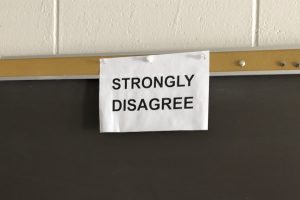
Inside, crews navigated emptied classrooms and dodged piles of equipment that were waiting to be relocated. Some students sat on floors counting DVD players, while others helped shuttle chairs to the trucks waiting outside. Crews surveyed the now-vacant shell of Hagg-Sauer 100, stripped of chairs, carpet, screens and all that might have hinted at its past life as a lecture hall.
A lone paper sign left hanging in a first-floor classroom read simply, “Strongly Disagree.”
A brief history of Hagg-Sauer Hall
Completed during an era of rapid expansion, Bemidji State College’s “classroom building,” as it was first known, featured 82,478 square feet of classrooms and offices. Its 1970 opening came in the midst of a flurry of construction which saw the college also build Maple, Tamarack and Walnut halls, both C.V. Hobson Memorial Union buildings, the Bangsberg Fine Arts Complex, the Harold T. Peters Aquatic Biology Lab and the John S. Glas Fieldhouse, all between 1966-72.
Three years after it opened, on May 28, 1973, the building was named in honor of best friends and long-time colleagues Dr. Harold T. Hagg and Dr. Philip R. Sauer.
The pair had taught together at the college for nearly 40 years — Hagg arrived in Bemidji in 1936 to join the college’s history faculty, and Sauer joined him a year later as a professor of English. Both were eventually chairs in their respective divisions and as they arrived, so did they depart. Sauer retired in 1975, with Hagg following him a year later.
In its nearly five decades of service to the university, Hagg-Sauer Hall was home to more than a dozen academic programs and more than 750 faculty, staff and graduate assistants.
Throughout the years, departments such as criminal justice, mathematics and computer science, English, geography, history, languages, indigenous and ethnic studies, philosophy, political science, psychology, sociology, social work, women’s and gender studies and more were found inside Hagg-Sauer Hall. It also housed seminar rooms, writing centers, various media centers, program-specific libraries, cartography and computer labs and tutoring rooms. Other organizations such as the Center for Professional Development, Honors Program and Liberal Education Committee have been located there as well.
A new Hagg-Sauer Hall
It took until 2014 for the years-long campaign to take its first significant step forward, when BSU received $1 million from the Minnesota legislature to plan construction and renovation projects related to the aging building.
It took several more years for construction funds to materialize. Gov. Mark Dayton included the project on his pre-session bonding priorities list in both 2016 and 2017, and the legislature included $22.512 million for the project in its 2018 bonding bill.
The new Hagg-Sauer Hall will be a 27,700-square-foot classroom-only facility, significantly smaller than the all-purpose building it is replacing. It will feature a large lecture hall — which will retain the Art Lee Lecture Hall name from Hagg-Sauer 103 — and flexible, modern, active-learning classrooms in an energy-efficient building that will serve as a beacon guiding BSU into its second century.
Preparing for Transition
In addition to construction, the project also includes significant renovations to Bensen and Sattgast halls, the Bangsberg Fine Arts Complex and the A.C. Clark Library. Space in those four buildings has been reshuffled to clear a path for renovations, which will create new offices for faculty and staff that have moved out of Hagg-Sauer Hall.
Sattgast Hall will welcome mathematics and computer science, political science, sociology, physics and communication studies into its renovated second floor, with geography, geology and sustainability on the first floor.
Bensen Hall’s entire fourth floor is being reimagined into a large classroom, collaborative spaces and faculty offices for both social work and psychology, while the criminal justice program, language arts and professional education will see its third-floor home refreshed. The humanities program is moving to the second floor.
In Bangsberg, the English department will be moving into renovated space on the first and second floors, while the third floor will be refreshed for the music department.
The third floor of the A.C. Clark Library is being reimagined into a hub for student support services, as renovations will create space for the writing center, math tutoring center and other special programs, with common space for students throughout. The first and second floors also will be refreshed, with a new map library added to the first floor.
Renovation projects began in January and are expected to continue through August.
Hail and Farewell
While the transition will bring many exciting changes to Bemidji State University and improved facilities for students and faculty alike, Hagg-Sauer Hall has been the source of many fond memories for generations of students and faculty. Recognizing its importance, the university invited faculty and staff to a brief retirement ceremony for the building in April.
Before a gathering of nearly 70 faculty, staff and others, President Hensrud encouraged those with memories of Hagg-Sauer Hall to cherish them through the transition.
“If the transformation of Hagg-Sauer Hall brings you sadness, that is easy to understand,” she said. “The memories you have and the place where those memories were made are forever entwined. But even though the building may change, the memories made inside it are yours to keep forever.”
Demolition of Hagg-Sauer Hall is expected to begin in early July, with a goal of having the new building completed and open for classes in the fall of 2020.
BY ANDY BARTLETT, EXECUTIVE DIRECTOR OF COMMUNICATIONS AND MARKETING

